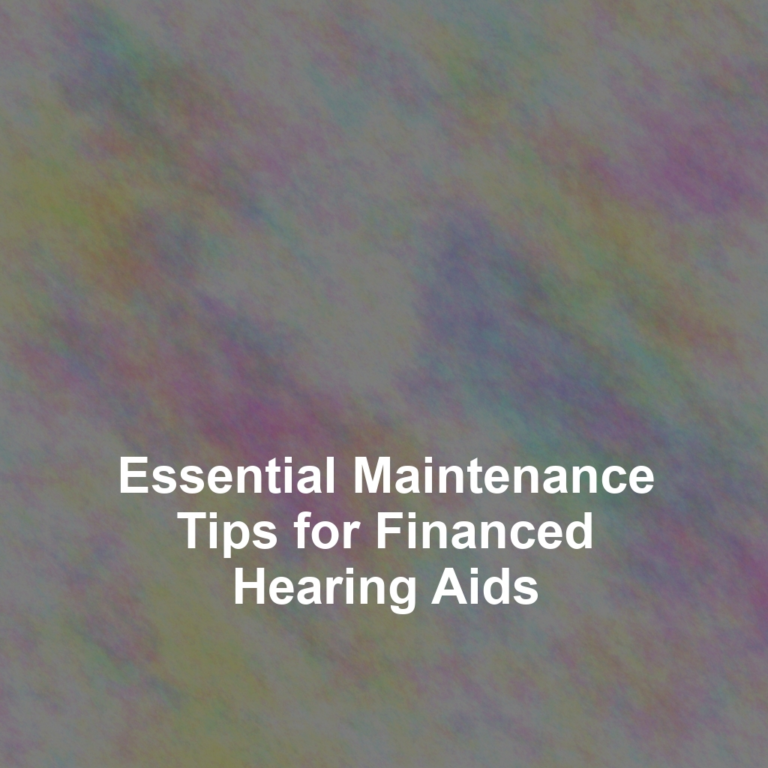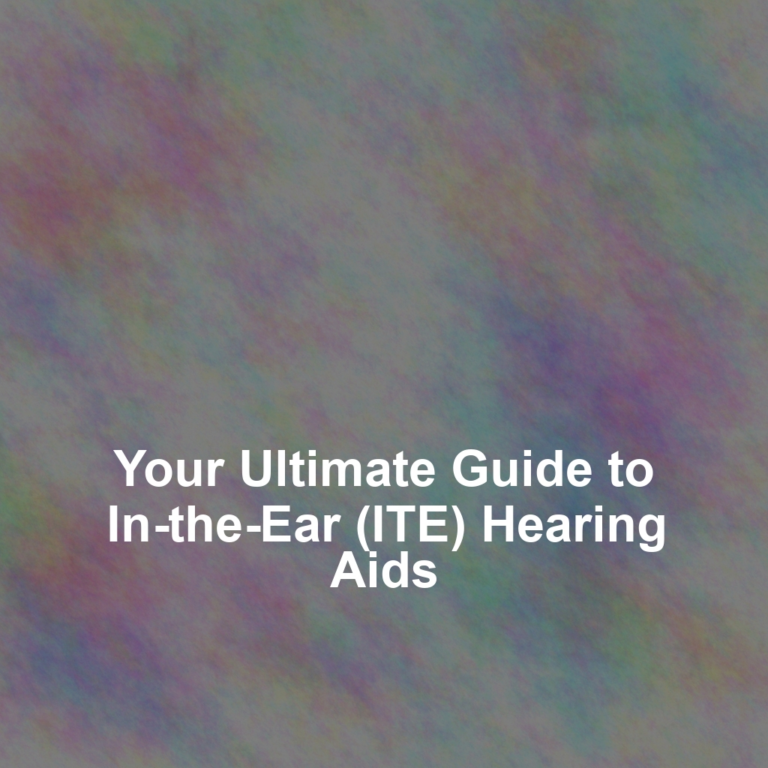Just as Odysseus needed protection to navigate past the SirensG?? seductive calls, you require reliable information to steer through the sea of choices for hearing aids.
The labyrinth of user reviews awaits you, offering a treasure trove of insights that could help you make an informed decision. YouG??ll find that not all feedback is created equal; some will resonate with clarity and truth, while others may lead you astray with hollow promises.
As you consider your options, remember that the nuances of sound quality, the practicality of design, and the subtleties of comfort are often best understood through the candid experiences of others. So, before you commit to a hearing aid, weigh the collective wisdom of users whoG??ve walked this path before.
Prepare to sift through their honest accounts, and you might just find the guidance you need to choose the right companion for your ears.
What will these reviews reveal about the hidden strengths and weaknesses of the latest hearing aids?
Understanding Hearing Aid Types
When exploring the range of hearing aids available, itG??s crucial to understand the distinct types designed to cater to various hearing needs and preferences. YouG??ll find that hearing aids come in various styles, each with its own set of features and benefits.
Behind-the-ear (BTE) models sit comfortably behind your ear, connecting to an earpiece that channels sound. TheyG??re versatile and can be used for most types of hearing loss. In-the-ear (ITE) aids are custom-made to fit your outer ear. TheyG??re less visible than BTE aids but can be trickier to handle if youG??ve got dexterity issues.
Completely-in-canal (CIC) and invisible-in-canal (IIC) aids are the most discreet options. They fit deep inside your ear canal, making them nearly invisible. While they offer aesthetic appeal, they may not have the same power as larger models and can be challenging to adjust due to their small size.
Receiver-in-canal (RIC) aids are similar to BTE types but with the speaker placed inside the ear canal. This design can provide a more natural sound quality and less feedback.
Your choice should hinge on your specific hearing loss, lifestyle, and personal comfort. Consulting with an audiologist can guide you to the hearing aid that best fits your needs.
Assessing Sound Quality Feedback
As you evaluate different hearing aids, consider the clarity and richness of sound they provide, since high-quality audio feedback is essential for optimal hearing enhancement. Users often mention that the best devices reproduce sounds naturally, without distortion or unnatural tones. YouG??ll want to focus on how well you can discern speech in various environments, as this is a critical aspect of sound quality.
DonG??t just take the manufacturerG??s word for it; look for user reviews that delve into everyday experiences. Pay attention to feedback about hearing aids performing in noisy settings, like restaurants or city streets, where background noise can be a real challenge. If users report that certain models excel at noise cancellation and speech recognition, itG??s a good sign that the device offers superior sound quality.
Also, consider if users mention the need for frequent adjustments. A hearing aid that requires constant tweaking to maintain clear sound mightnG??t be the best choice. Instead, look for reports of hearing aids that provide a consistent listening experience, even as environments change.
Comparing Ease of Use
While assessing sound quality is crucial, youG??ll also want to compare how user-friendly different hearing aids are to ensure you can manage them with ease. EveryoneG??s dexterity and comfort with technology can vary, so finding a hearing aid that aligns with your personal needs is key.
Consider these factors when comparing ease of use:
-
Control Features: Look for hearing aids with intuitive controls. Can you easily adjust the volume or settings? Some models come with remote controls or smartphone apps that make these adjustments a snap.
-
Battery Life and Replacement: Check how long the batteries last and how easy theyG??re to change. Are they rechargeable or do you need to fiddle with tiny batteries? This can be a deal-breaker if you have limited manual dexterity.
-
Maintenance Requirements: Think about the daily maintenance needed. Are the devices simple to clean and care for, or do theyG??ve complex needs that might become cumbersome over time?
-
Fitting Process: Consider how the hearing aids fit in your ear. Custom-molded options might offer more comfort, but they also require a visit to a specialist, while others are ready to wear right out of the box.
Finding a hearing aid thatG??s easy for you to use will enhance your experience and ensure you get the most out of your device.
Evaluating Comfort and Fit
Comfort and fit are paramount when selecting a hearing aid, as they directly influence your daily comfort and the deviceG??s effectiveness. YouG??ll be wearing it for most of your waking hours, so donG??t underestimate how essential a snug, yet comfortable fit is. Your earG??s shape is unique, and what feels right for one person mightnG??t for another. ItG??s not just about not noticing itG??s thereG??itG??s also about ensuring it doesnG??t fall out or become a nuisance during your daily activities.
When youG??re evaluating hearing aids, pay attention to the physical sensation. Is there any discomfort or irritation? Remember, a well-fitted device shouldnG??t cause pain or soreness, even after hours of use. If it does, speak up during your fitting appointment. The audiologist can make adjustments or recommend a different style.
Also, consider the ease of insertion and removal. YouG??ll be doing this often, and you donG??t want it to be a struggle. The last thing you need is a hearing aid thatG??s fiddly or cumbersome. Look for one that balances security with simplicity.
Considering Price and Value
When choosing a hearing aid, itG??s essential to balance the cost with the features and benefits that meet your specific needs. You might be tempted to opt for the cheapest option, but donG??t forget that a lower price can sometimes mean compromised quality or fewer features. Instead, you should weigh what youG??re getting for your money.
HereG??s a list to help you consider price and value:
-
Evaluate the Hearing AidG??s Longevity: Cheaper devices may not last as long, so you might end up spending more in the long run on replacements or repairs.
-
Check for Essential Features: Make sure the hearing aid has the features you need, such as noise reduction and feedback suppression, which can greatly improve your listening experience.
-
Consider Future Needs: Invest in a hearing aid that can be adjusted or programmed for potential changes in your hearing.
-
Look for Warranties and Trial Periods: A good warranty can save you money on maintenance, and a trial period lets you test the hearing aidG??s value in your daily life.
Conclusion
YouG??ve explored types, sound quality, usability, comfort, and value. Now, trust your instincts when selecting a hearing aid. Remember, what works for someone else may not suit you.
ItG??s your hearing on the line, so donG??t compromise. Consider professional advice, but youG??re the one wearing it daily. Make sure it feels right and doesnG??t break the bank.
Choose wisely, and youG??ll find a hearing aid that amplifies your life without missing a beat.











